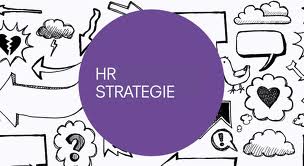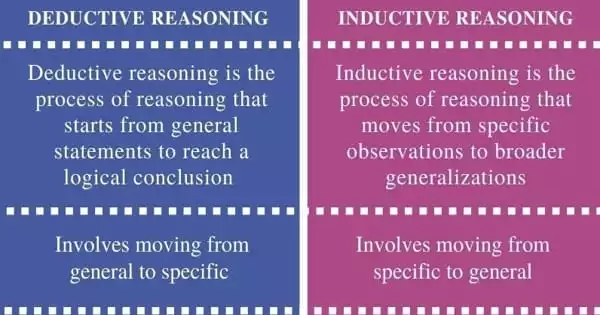HR strategies are both derived from and contribute to the formulation of the organization’s strategy. Embedded within and flowing out of HR strategy is staffing strategy. Staffing strategy reflects several key decisions about how to acquire and deploy the organization’s workforces. These decisions then guide more specific HR and staffing planning.
HR Strategy
Organizations formulate strategy to express an overall purpose or mission and to establish board goals and objectives that will guide the organization toward fulfillment of its mission. Primarily these objectives are certain assumptions about the size and types of workforces that will need to be acquired, trained, managed, rewarded and retained. HR strategy represents the key decisions about how these workforce assumptions will be handled. Such HR strategy may not only flow from the organization strategy but also may actually contribute directly to the formulation of the organization’s strategy.
HR is engaged in what is perhaps the most important task for the organization –that of selecting employees who will become valuable resources –Human Resource training and development has to be focused on the right techniques for recruitment. Human Resource training and development should include ways by which the HR professional goes about finding the right candidate for every position in the organization.
This technique is not about just posting requirements on jobsites and bringing the candidate to the interview panel. Each interview has to be meaningful and effective. It is a session in which the employees who are going to become part of the organization are selected. For this to be meaningful, Human Resource training and development should be such that even a junior HR professional in the organization is able to make the right choice.
















